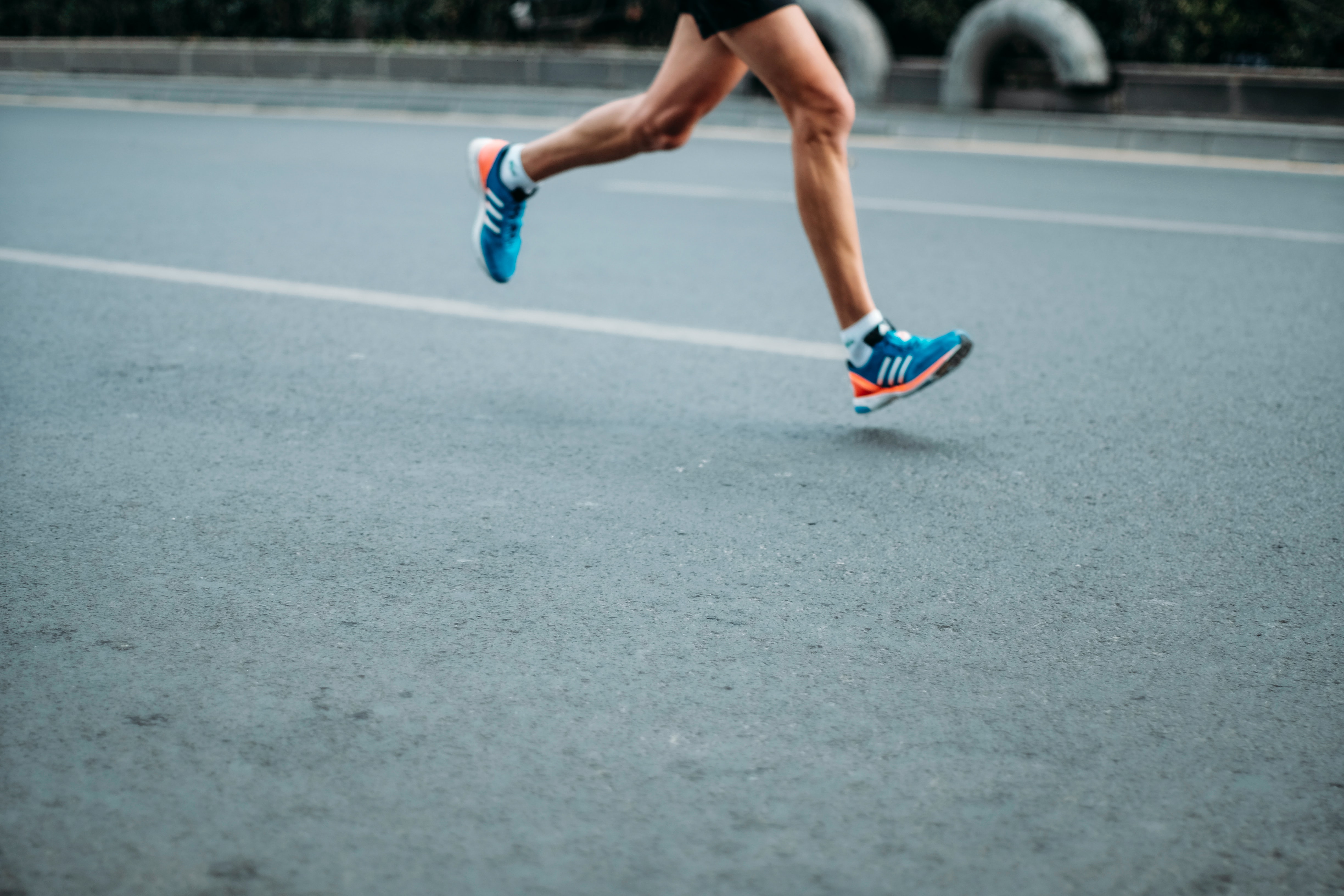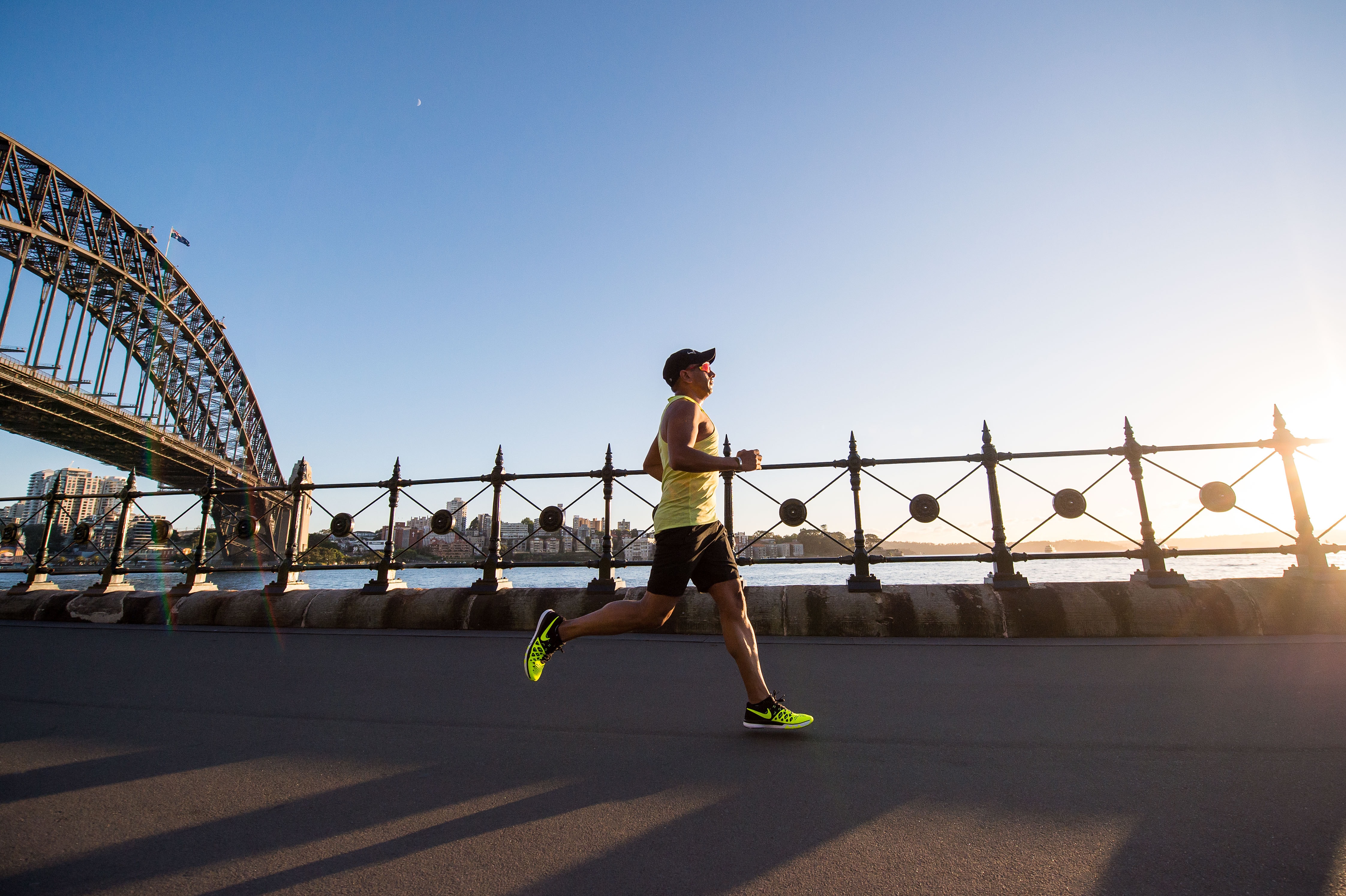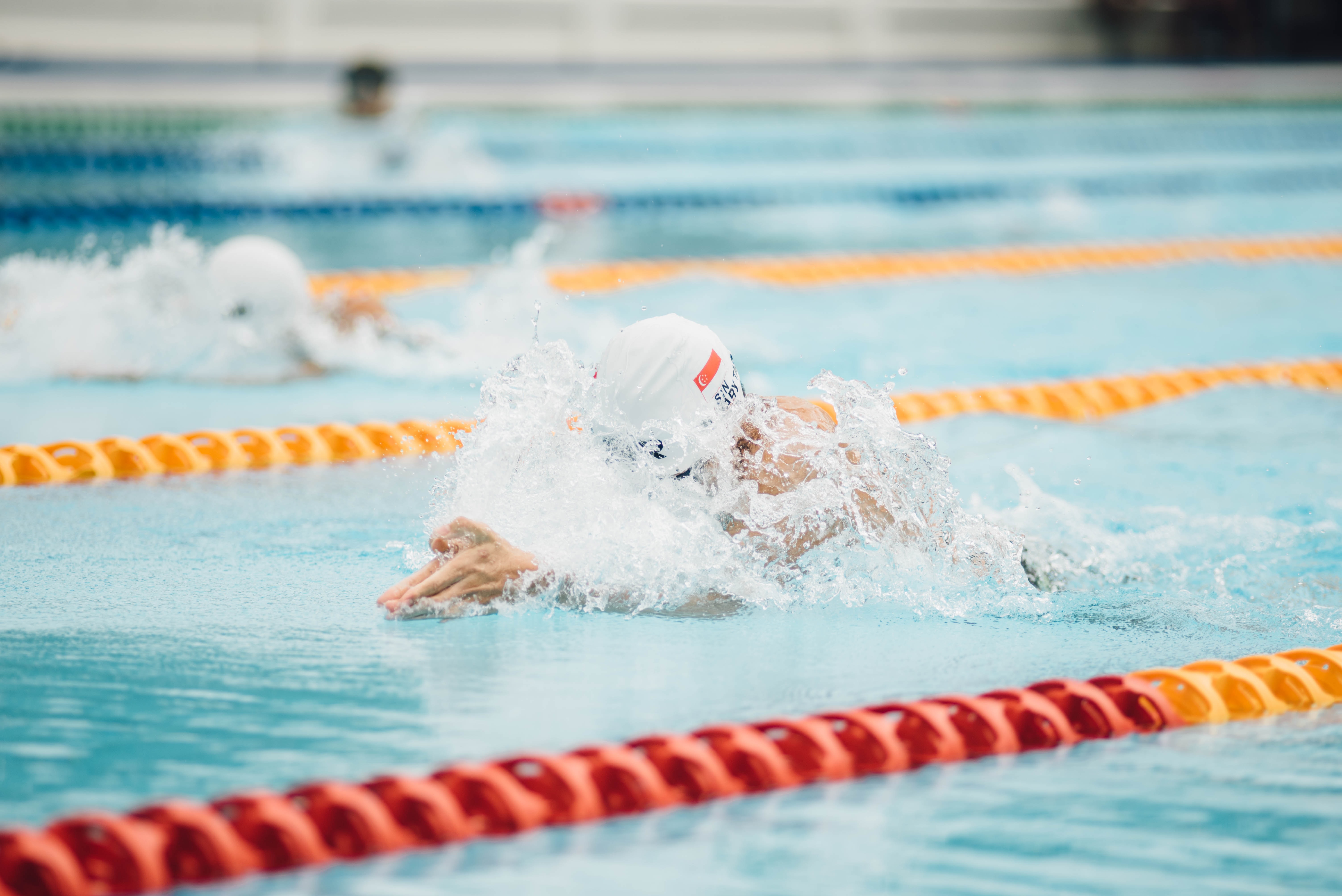
East-European runners were the fastest in 6-day ultramarathons
Ultramarathon running is increasingly popular, where the time-limited races offer formats from 6 hours to 10 days. To date, the origin of the best 6-day ultramarathoners and where the fastest races are held are yet to be determined. The aim of the present study was to investigate where these runners originate from, and where the fastest races are held. A total of 8,889 race records (6,737 from men and 2,162 from women) from 3,226 unique age group runners (2,413 men and 813 women) from 54 countries from age groups 18 to 75 years and participating in 141 races held in 25 different countries between 1874 and 2022 were analysed. A machine learning model based on the XGBoost Regression algorithm was built to predict running speed based on the athlete’s age, sex, country of origin, and where the race occurs. Model explainability tools were then used to investigate how each independent variable would influence the predicted running speed. Most athletes (62.5%) were from the USA, France, South Africa, Australia, Germany, and the UK. Almost 60% of the 6-day races took place in the USA and France. Athletes from Lithuania, Slovenia, and Namibia were the fastest. Ukraine holds the fastest 6-day races, ahead of Austria and Australia. The model rated the country where the race takes place as the most important predictor. Men were ~0.4 km/h faster than women except for the 75 years age group. The fastest runners were in the 35–39 years age group. East-European runners from Lithuania and Slovenia were the fastest in 6-day ultramarathons, where most of the races took place in the USA and France. The fastest 6-day races were in Ukraine, where the races were held as track races.
Read more
